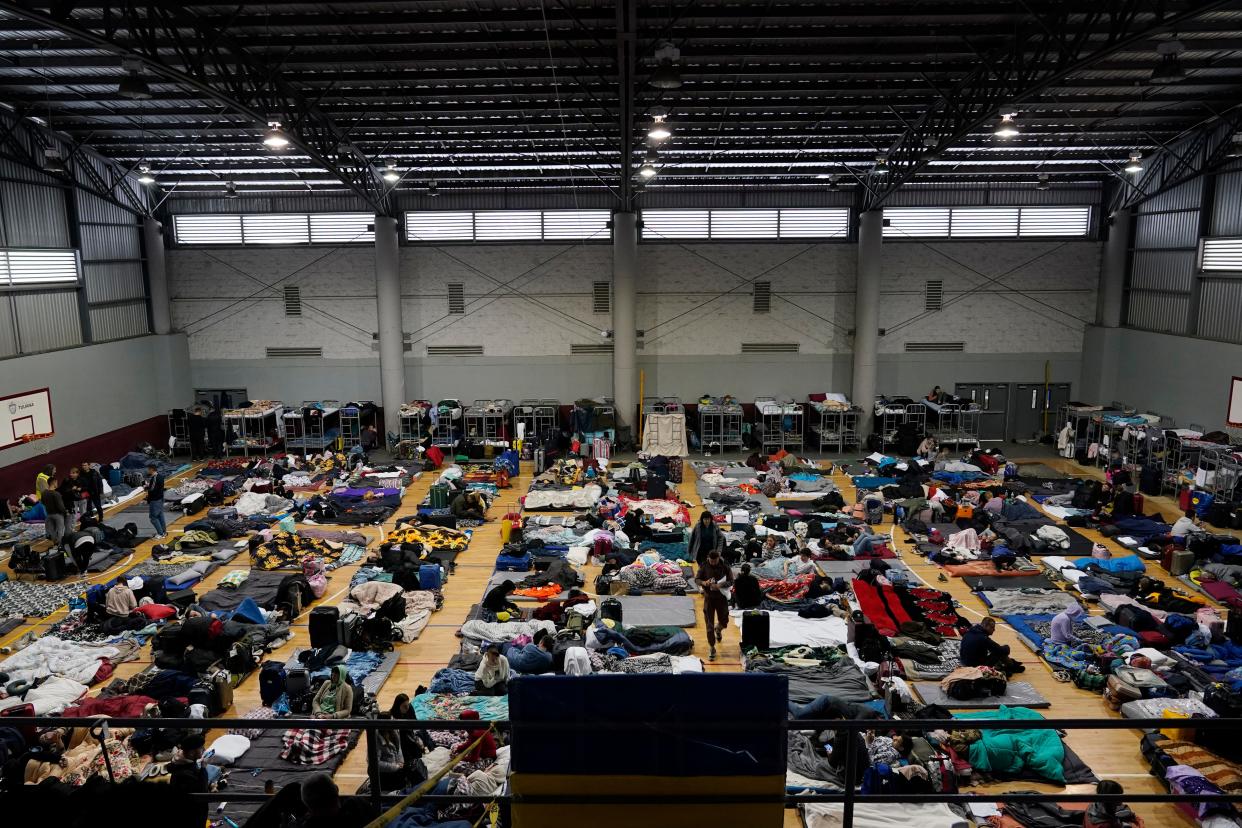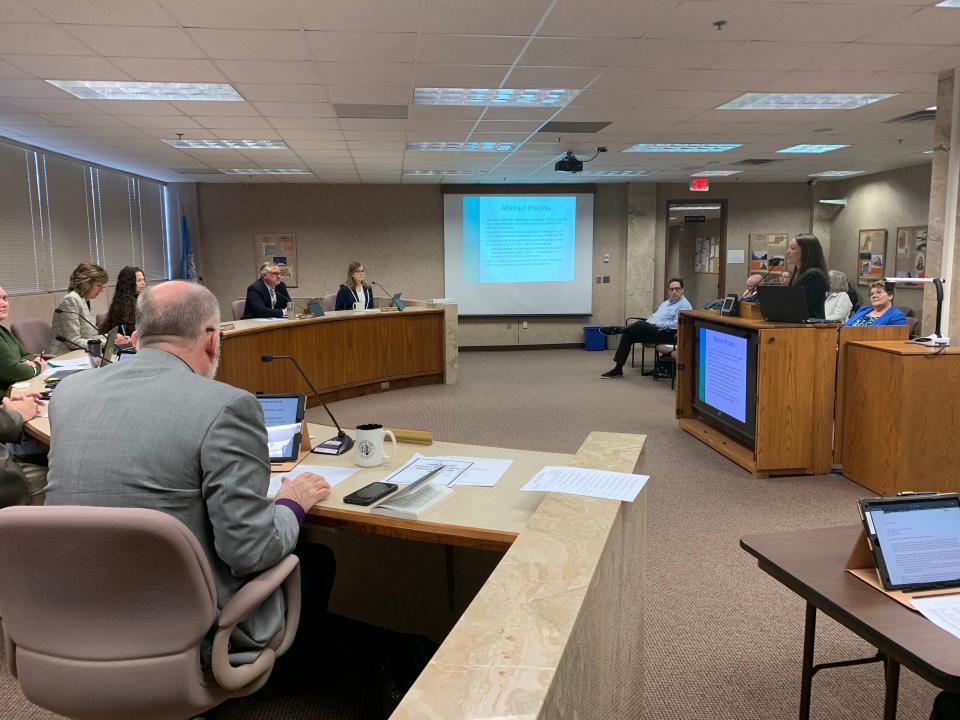South Dakota sees continued decline in refugee arrivals while Ukrainian sponsorships grow

South Dakota welcomed its lowest number of international refugees in recent memory last year, despite an increase in the number of refugees allowed in the U.S., according to a state report. But resettlement numbers are three times higher in the state when factoring in nontraditional programs, such as Ukrainian resettlements.
The president decides the maximum number of refugees the country will accept before each fiscal year. President Donald Trump slashed the refugee ceiling to 18,000 for fiscal year 2020 and 15,000 for fiscal year 2021, the lowest an administration has ever set. President Joe Biden later increased that year’s maximum to 62,500. Despite this increase, both years saw about 11,000 refugees arrive in America.
Biden set a goal of 125,000 for fiscal year 2022, but the number of refugees admitted has been slow to bounce back. About 25,000 arrived in the country and 49 arrived in South Dakota, down from 52 the previous year and a recent high of 439 in 2016.

That’s because South Dakota, the federal government and national organizations lack resources, said Lutheran Social Services president Rebecca Kiesow-Knudsen. LSS has overseen refugee resettlement in South Dakota since 2000, providing case management, employment services, interpreter services and English language training. The program is funded at the federal level.
“A lot of this takes manpower,” Kiesow-Knudsen said. “Over the course of the last five years, there’s been fewer refugees arriving nationally, which means organizations have scaled back staffing to meet the appropriate level of response, so they had less capacity for this increase and it’s hard to rebuild capacity.”
National organizations were also tied up in new, nontraditional resettlement programs specifically for Ukrainians and Afghans in the last year. Those don’t factor into the official resettlement numbers highlighted in the report, Kiesow-Knudsen said.
The state accepted another 68 Ukrainian cases last year through the national sponsorship program — 115 Ukrainians total. Kiesow-Knudsen said South Dakota “didn’t see very many arrivals at all” of Afghan cases.
Ukrainians affected by the Russian invasion and Afghans extracted by the United States in 2021 don’t have a legal refugee status, but rather a “humanitarian parole status,” which is a temporary immigration status used in urgent crises. Traditional refugee status offers a path to permanent U.S. residency, whereas parolees are granted permission to live and work in the U.S. for two years. Refugees are defined as individuals who are unable to return to their home country due to a well-founded fear of persecution.
The Ukrainian sponsorship program, Uniting for Ukraine, is an unprecedented federal policy allowing tens of thousands of Americans to support an unlimited number of refugees. It’s also become the largest private refugee sponsorship program in U.S. history, according to CBS News.
Many of the Ukrainians in South Dakota have settled on the western side of the state, Kiesow-Knudsen said, because that’s where their sponsors are located — many of whom are Ukrainians themselves. The shift to western South Dakota resettlements has meant more drive time and effort for Sioux Falls-based LSS, including accessing telecommunications and telehealth services.
Of traditional resettlement, Congolese people made up the largest demographic group arriving in South Dakota last year, accounting for 25 of the 49 resettlements. Almost half of the refugees who arrived in the United States in fiscal year 2022 hailed from the Democratic Republic of Congo or Syria. The recent Congolese refugees are fleeing from outbreaks of violence in the eastern side of the country.
While the number of U.S. resettlements more than doubled in the last year, one reason South Dakota experienced fewer resettlements may be because many are “family tie cases,” Kiesow-Knudsen said.
“An individual who has been approved might have a family member in another state, so typically that’ll be given priority of where they’ll be resettled,” she said.
Knudsen added that resettlement organizations are “signaling they anticipate there’ll be an increase” in traditional refugee resettlement in the coming years. Resettlement can take 18 months to two years, so it will take time, she said.
“South Dakota is a very welcoming place for individuals who are fleeing their home not by choice but because of violence in their home country,” Kiesow-Knudsen said. “We have a strong track record of providing community for these individuals, and I think that stands.”
More than 216,000 Ukrainians were sponsored and entered into America as of February. The Biden administration discontinued parole for Afghan refugees in October 2022, focusing on resettling evacuees who qualify for immigration programs with permanent legal status. The U.S. resettled roughly 86,000 Afghans as of September 2022.
This article originally appeared on Sioux Falls Argus Leader: SD sees continued decline in refugee arrivals while Ukrainian sponsorships grow

